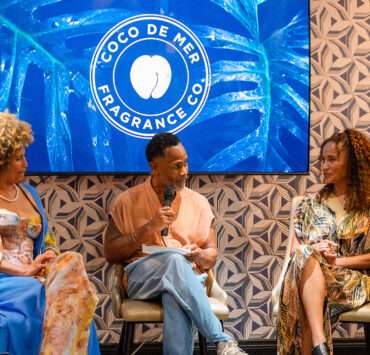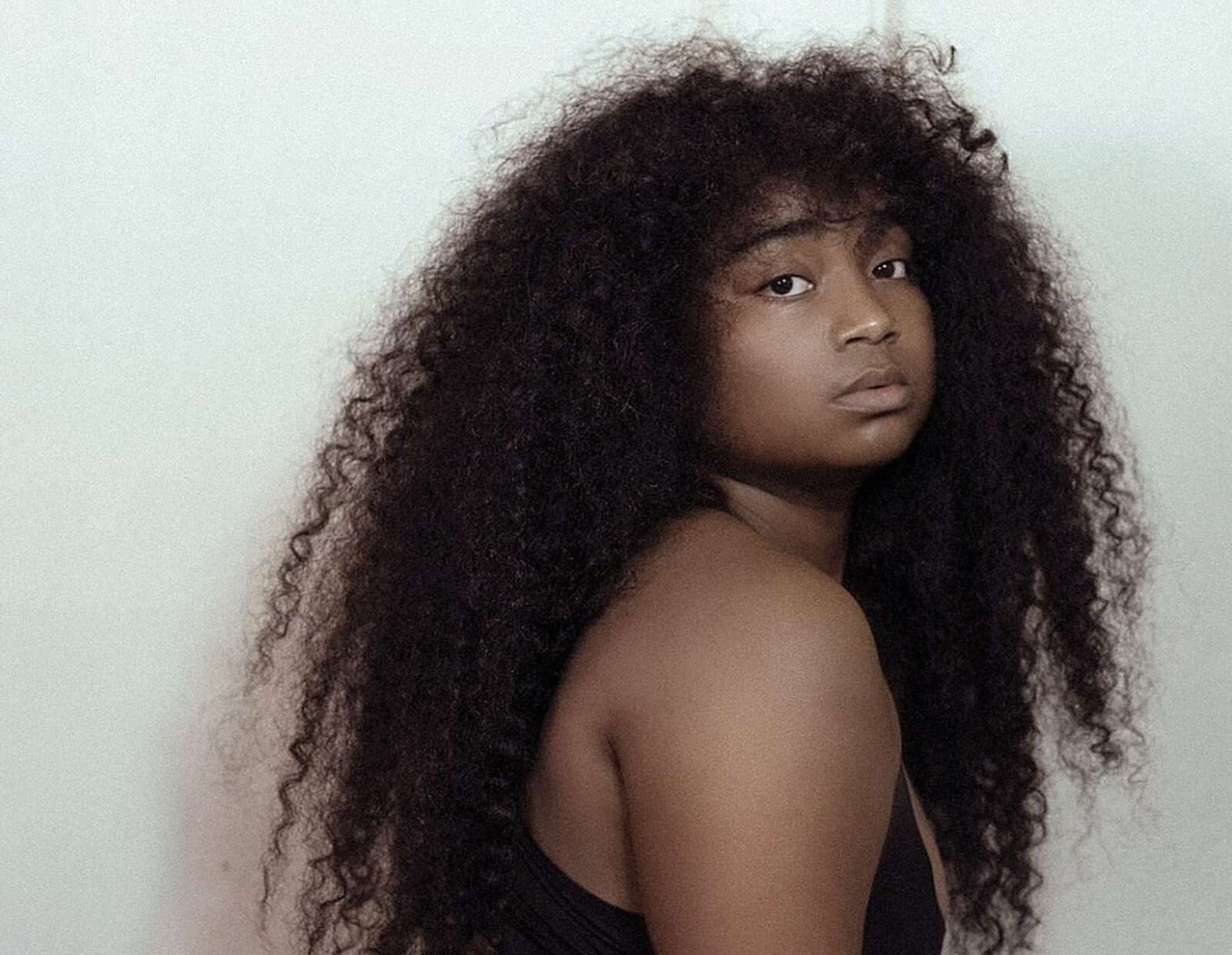
Is your hairstyle influencing how the world sees you? Explore the truth behind the viral trend that’s reshaping beauty norms and personal identity.
You should never judge a book by it’s cover; one of society’s earliest attempts at conditioning us to look deeper than what meets the eye (along with a few well-worn bedtime fables). A noble lesson to learn early in life—if only our brains were actually designed to work that way. Spoiler alert: we are wired to make snap judgments about our environment, people included, whether you’re conscious of it or not—a behavior psychology experts say is hardwired into our survival instincts.
Social psychology studies have shown that this instinct is precisely what helps us avoid danger—like recognizing a tiger as a threat from a single glance, based on memory and association. In urban terms, it may look more like sidestepping potential drama by clocking the wrong crowd before they clock you.
So, What Is Hair Theory?
What’s all the buzz about, and is there any scientific truth behind it? Or is it just another TikTok-fueled trend with no staying power?
Hair Theory suggests that people will perceive you differently depending on your hairstyle or hair color. According to this idea, the relationships and situations you attract also shift depending on how you wear your hair. As wild as that might sound, it did resonate with me. But would I be me if I didn’t let experience be the teacher?
I decided to test the theory myself—with my best friend (voluntarily or not) as my co-pilot in this very important social experiment. Our findings? Let’s just say… Hair Theory might be onto something.
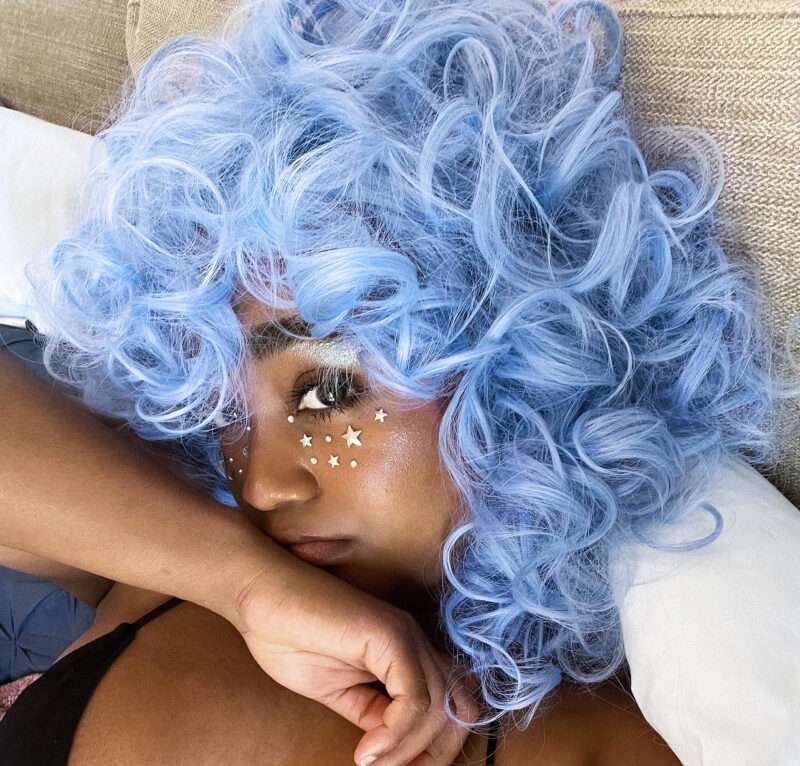
One Bun, Two Curls, Red Strands, Blue Swirls
One of the first things I noticed right away was how certain hairstyles seemed to trigger people. Why? Because they didn’t seem “age appropriate.” Styles like space buns (cue Princess Leia), pigtails, or beaded rainbow braids often come across as childlike and playful—attributes many adults are subtly taught to suppress.
Personally, I love throwing my hair into space buns when my curls just won’t cooperate, or when I need to get my hair out of my face. And yes, I’ll admit: a beaded braid moment brings out my inner creative. But heads up—rocking these looks might earn you a few judgmental glances from the more conservative crowd, the ones who believe these styles should be outgrown with age.
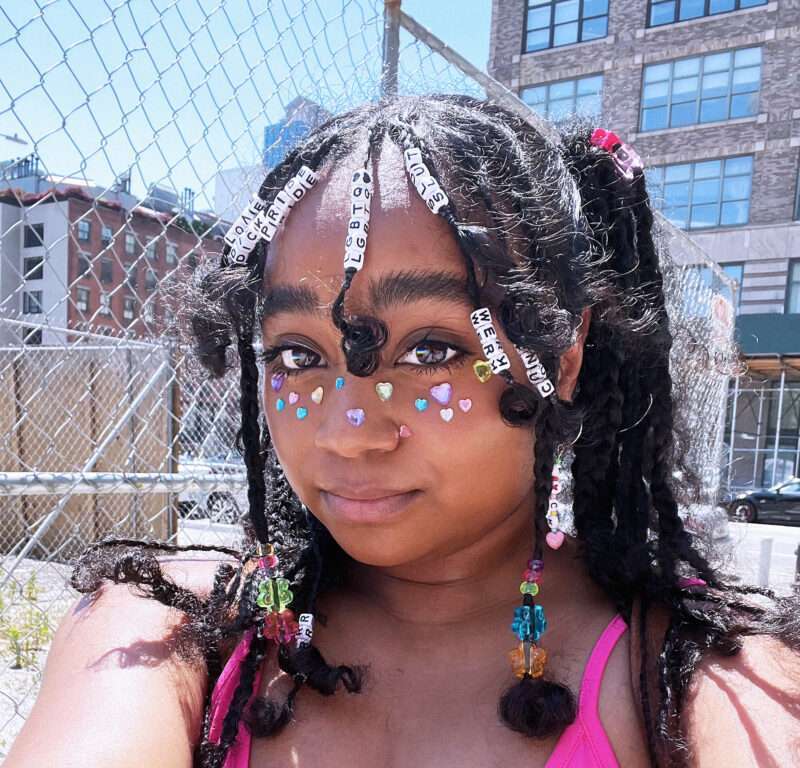
A straight middle part, whether your hair is down or slicked back, typically gives off a modern, androgynous, fashion-forward vibe. On the flip side, a soft side part leans into old-school glamour, channeling vintage icons like Marilyn Monroe. Neither is better, but the difference in perception is very real. The placement of your part alone can change the mental “box” someone puts you in.
A basic ponytail can exude an athletic, practical energy. It’s also often linked to “playing it safe” or keeping things buttoned-up. From my own experience, I reach for a ponytail when I’m off to the gym or chasing a no-fuss kind of day. Much like the way glasses are culturally tied to intelligence, ponytails carry a certain studious or “safe bet” connotation. Think: dependable. Maybe even a little nerdy.
Long, voluminous hair tends to radiate sensuality, softness, and flirtiness. Shorter styles—like pixie cuts, finger waves, or buzz cuts—signal boldness, artistic flair, and rebellion. But here’s the catch: these aren’t hard rules. Rather, they’re cues in an unspoken language—a visual vocabulary we all participate in, whether we intend to or not.
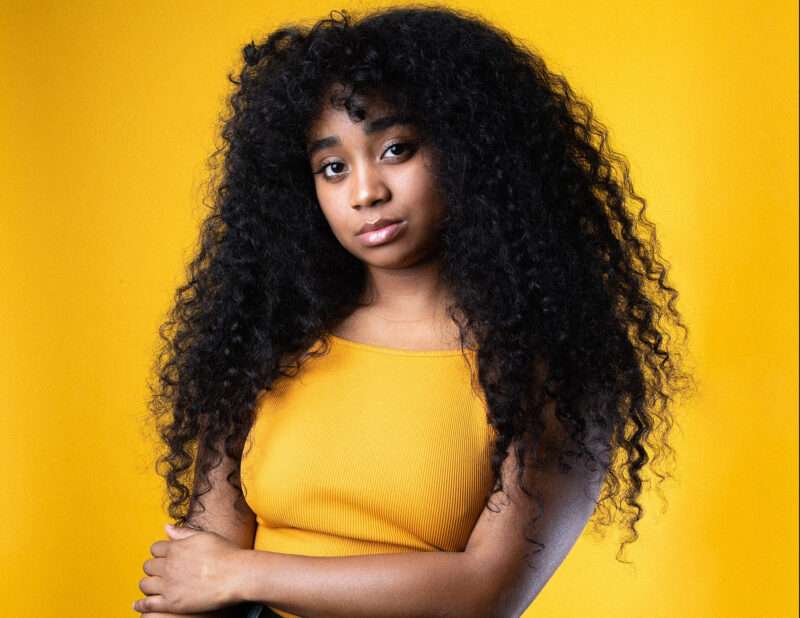
Hair Speaks—Are You Listening?
Hair isn’t just hair. It’s a form of communication. It’s a language. And while no single hairstyle can define who you are, it does write the opening lines of your story—long before you’ve even said a word.
From the symmetry of a middle part to the sex appeal of a side sweep, from the ease of a ponytail to the edge of a buzz cut, your hair is a living, visual narrative shaped by culture, gender, class, and identity. We’re told not to judge a book by its cover—but let’s be real—the cover always speaks. This TED Talk breaks down how personal style can shape perception and power.
So maybe it’s time we learn the language. Not to conform, but to gain awareness—and agency. Because when you understand the story your hair is telling, you can finally take the pen back and rewrite it. On your terms. One strand at a time.
Ready to flip the script on how the world reads you?
Explore the power of self-expression through hair. Drop a comment below and tell us: What story is your hair telling today?
